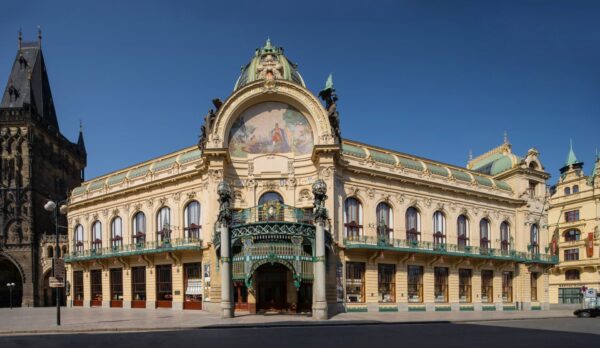Obecní düm
The Art Nouveau building that dominates Republic Square (Námestí Republiky) next to the Powder Tower is Obecní dum, the Municipal House. Site of the Royal Court for about 100 years, from 1383 that King Wenceslaus IV, son of the famous Charles IV, had it built, until 1485, when the court was moved to Prague Castle in fear of an ongoing uprising.
The palace was abandoned until in 1631 it was redeemed by the Catholic Church in order to establish the Archbishop Seminary there. After the abolition of the Jesuit order the seminar was moved to Klementinum and the army obtained the building. Used as a barracks until 1869 and a military cadet school after that, the King’s Court was finally demolished in 1902.
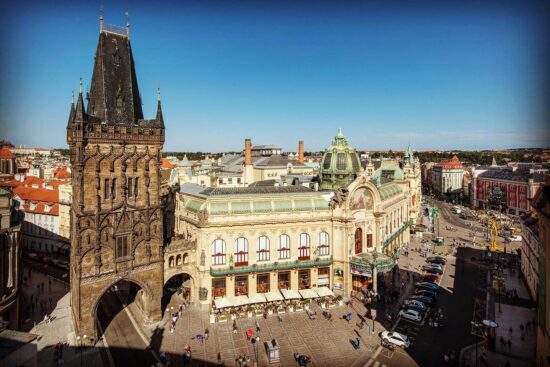
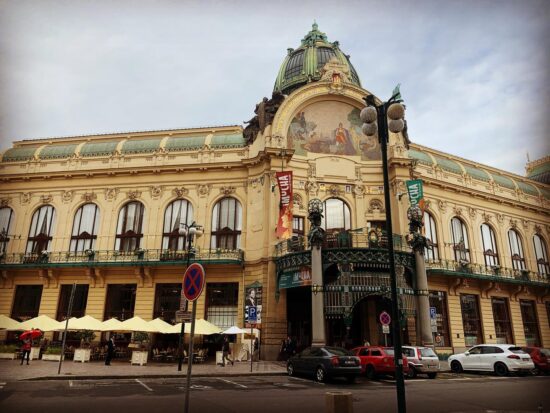
The intention of the Prague City Hall to construct a building that would reflect the city’s position as the capital of a new independent kingdom and the desire of the most important Czech Burgher Association to expand its facilities with the costs being paid by the City, gave birth to the idea of a new imposing building at the location. In 1903 the council approved the purchase of land next to the Powder Gate. In 1904 the project was approved and construction works began in 1905. The building was built from 1905 to 1911 according to the Art Nouveau designs of two Czech architects Osvald Polívka, responsible for the interior & Antonín Balšánek for the exterior.
The 4,214 square meters building stands on a plot of 14,000 square meters and is separated into 1,240 rooms. The enormous Municipal House instantly became the focal point of the cultural life of the city with three leading Czech art clubs hosting their exhibitions on its grand opening on November of 1911.
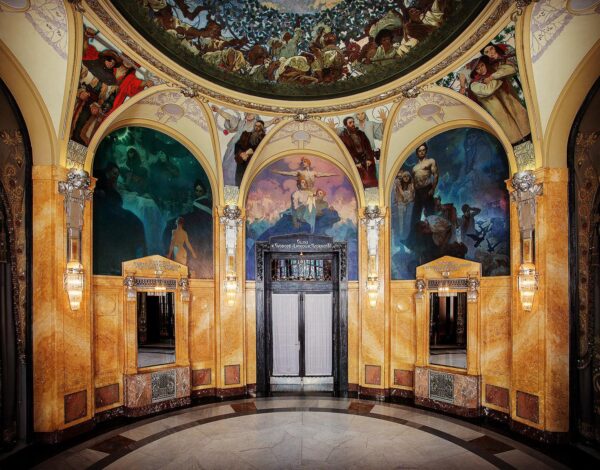
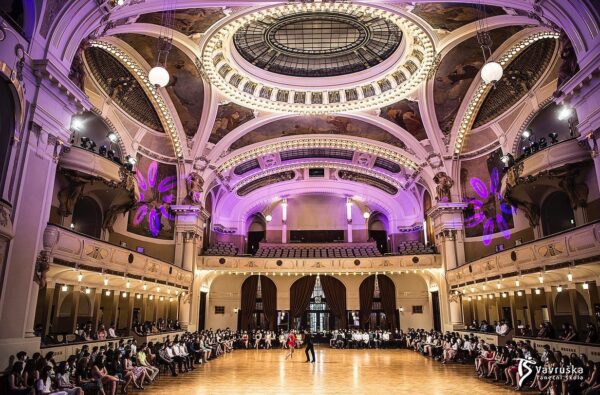
As an expression of the confidence of the Czech nation it was only consequent that it would soon extend its circle of operations in other fields besides art. On 6 January 1918 the so-called Three Kings Declaration was adopted here calling for the creation of independent Czechoslovakia. In April, the National Oath was taken in the Smetana Hall and in June the Czechoslovak National Committee, the germ of the future parliament and government was established in the Grégr hall. On the balcony in front of the Mayor Hall the Czechoslovak Republic was proclaimed on 28 October 1918.
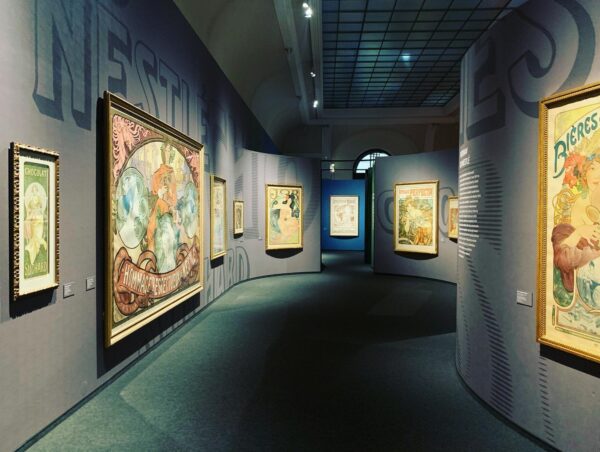
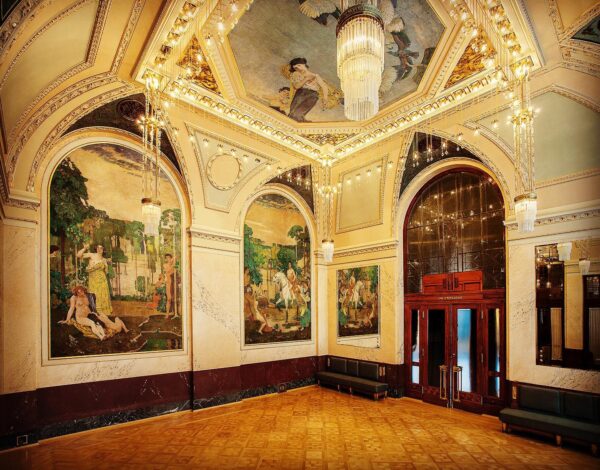
At the same time the first law of the new republic was issued here and from 28 October to 13 November the first National Committee assembled here as the first parliament and the state government. In the 1920’s and 1930’s was the most famous era of the Prague Representation House as was the name of the building at that time. Balls, festivals, professional conferences, exhibitions by leading artists and associations were held here.
Today a guided tour of this impressive building can offer the visitor a glimpse of its most spectacular halls that are otherwise closed to the public, while a number of cafes, restaurants, bars, high class retail shops, its exhibitions & concert hall can make this a very interesting stop for anyone. More

